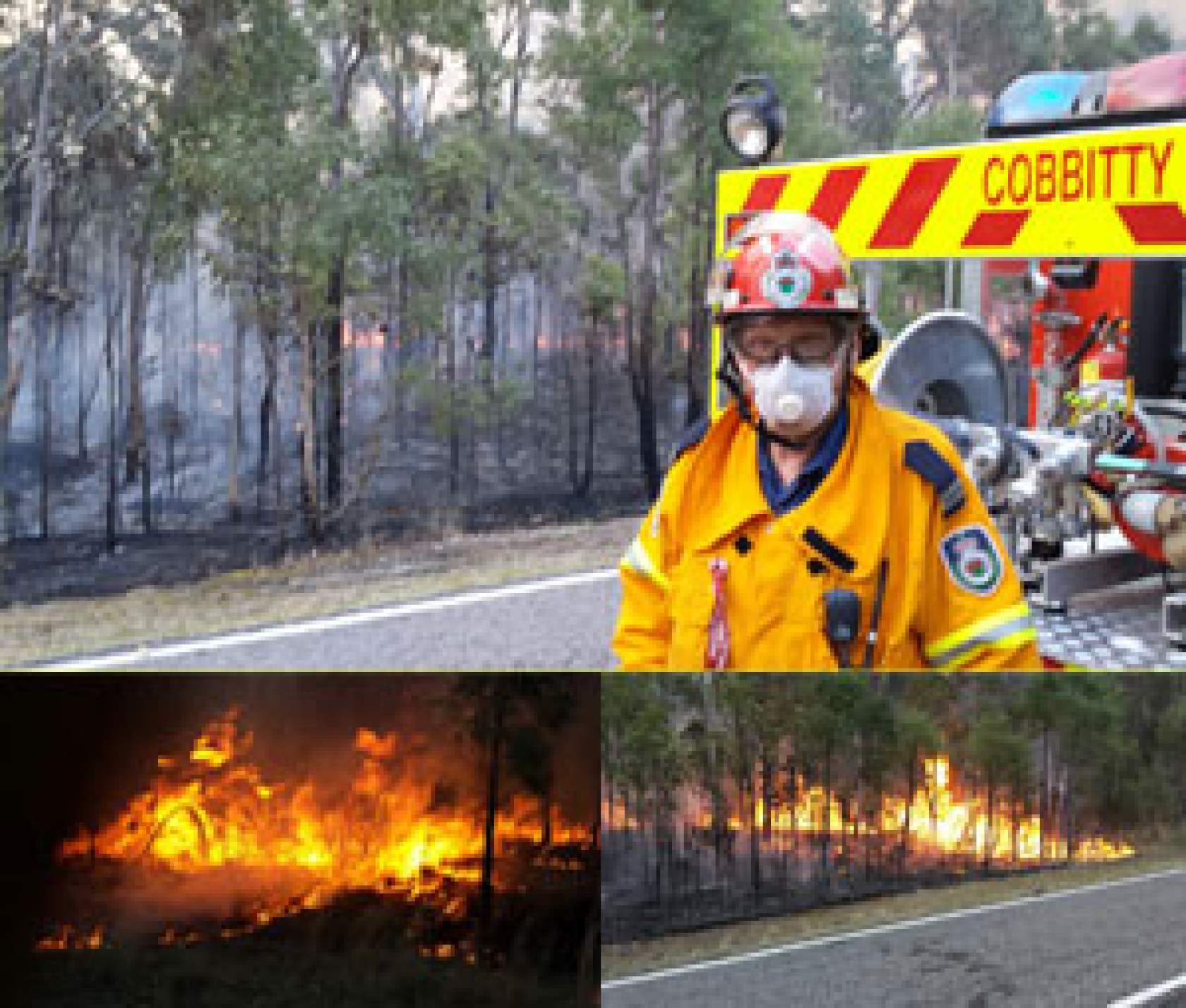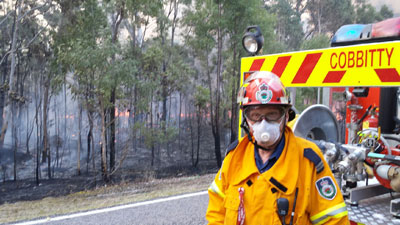Treating swimming pools after bushfires


Many brave and selfless members of the pool and spa industry have been battling bushfires across New South Wales over the past few weeks as part of volunteer fire services, and many more will put their lives at risk across the country as we experience our hottest summer in a while.
Bushfires also pose problems for pool techs as they try to clean pools affected by the fires.
Steven Humphris from Focus Products says that if the build-up of ash and debris is only minor, you should use a strong clarifier to filter the particles out of the pool using the filtration system. If the build-up is substantial, he recommends the using a liquid flocculant to drop the particles to the bottom of the pool where they can be easily vacuumed to waste. He suggests that one litre of the flocculant should be sufficient for the average 50,000 litre backyard swimming pool.
He says that for best results, ensure the pool has a pH of 7.8 or higher (add a pH buffer or increaser if the pH is below this). If the level of debris in the pool is extreme, the use of a heavy duty flocculant (such as a granular flocculant) may be required. If the pool has a media filter installed, select bypass on the multi-port valve and run the pump for three to four hours. If the pool has a cartridge filter, remove the cartridge and run the pump for three to four hours to mix the flocculant through the entire pool.
Once mixed, turn the pool pump off for six hours or until the particles have settled to the bottom. Once settled, move the valve to the waste position and manually vacuum the pool water to waste. If not all the debris is removed in the first vacuum, you may need to allow the particles to settle again for a further six hours and re-vacuum.
Algae
Paul Simons from Lo-Chlor agrees with Humphris but adds that ash and debris from bushfires will significantly increase the phosphate levels in swimming pools in affected areas.
“Phosphates are the major nutrients for algae growth and with a very warm start to the season it is crucial to keep these levels to a minimum or pool owners in affected areas will be fighting algae blooms all summer long,” he says.
“Algae blooms place a high demand on the chemicals present in your water and cost time and money in clean up. If the consumer can reduce these excessive phosphate levels before the weather really starts to warm up, they will enjoy their pool at a fraction of what the cost would have been had the pool been left untreated.”
Removing contaminants
BioGuard’s Bill Mansfield says that many pool owners have reported significant problems with dirty and cloudy pools due to ash fallout and other various contaminants from bushfires.
BioGuard has put together a technical bulletin on the topic. Excerpts are included below but for more information including recommended products, download the entire BioGuard_Technical_Bulletin.
If the affected pool has been in the direct path of the fire, it is likely to have lost much water from either fire fighting or evaporation, and is now most likely full of heavy debris and excessive amounts of ash.
For this degree of severity, it would be advisable to empty the pool taking all precautions regarding this procedure – it is critical not to allow the pool to pop through hydrostatic pressure by taking specific measures including opening the hydrostatic valve. Additionally, all local/state government water restrictions must be taken into account.
Then clean the shell, refill and balance the water. Remember to initially add a strong oxidiser with a clarifying quality, then follow up with your preferred algaecide.
For pools not directly in the path of the fire, but have been affected by ash fallout, BioGuard recommends adjusting the pH to 7.2 to 7.4, then backwashing the filter in preparation for treatment. To remove excessive organic contamination, use triple the dose of the abovementioned oxidiser. Filter the water for a minimum of 12 hours; monitor the filter pressure and backwash as needed.
Then clean the water line with a spa cleaning product or pool tile cleaning product, according to the label instructions, first testing on a small isolated area prior to use. Replace lost water due to backwashing. Balance the water.
If the water remains white and cloudy, add clarifier but do not overdose. Filter the water for a minimum of 12 hours; monitor the filter pressure and backwash as required.
Clean the filter with a filter cleaning product to remove contaminants. For at least the next two to three weeks use 1.5 times the usual dosage rate of you sanitiser.



